|
Lida Sherafatmand
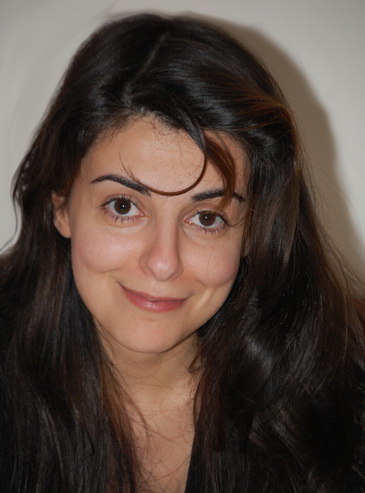
Poet and painter, www.lidsher.com GHA Vice-president President, GHA Female Contest: "Muse of Harmony" http://www.peacefromharmony.org/?cat=en_c&key=474 The ABC of Harmony for World Peace coauthor http://www.peacefromharmony.org/?cat=en_c&key=478 Paris and Malta
CV Lida Sherafatmand is a multitalented artist, who creates paintings and jewelry as miniature sculptures. Lida's poetry has also been well appreciated around the world. She started her art path by creating paintings with messages. She has connected her works to grassroots and international organisations working in the fields of peace and human rights. Her works have traveled to 15 countries and been published by major bodies such as Amnesty International, UN, UNESCO and others. While based in Malta, in 2004, she wrote "Humanitarian Art Manifesto", designed to create a synergy among artists who share the same line of commitment in their art creations. Her manifesto has been translated into 7 languages and signed by artists from 22 countries.In 2006, Lida established a base also in Paris, where her painting evolved in style and was presented at several galleries, salons and auctions. Impressed by thecreation energy ofParis, Lida branched out from her painting and began designing for different jewellery and silverware companies in France. Her design works were presented at important international salons in Paris and got to the winning table of France's Championships of the Art of Table Wear. In 2008, she launched her own jewellery line which integrated painting and poetry. Her latest collection, in 2011, is inspired by the female form. She takes this collection as part of her combat for freedom, respect for the dignity and beauty of life, as well as freedom of expression in art. Lida is committed to make visible a softness which she feels is suppressed in a world dominated by the power of warfare. Lida was born in Iran (the old Persia) in 1977, and experienced a childhood of war time under the newly formed regime. The oppressive conditions imposed by the government and the harshness of war left a strong impact on her, prompting a strong passion to get others to stop such conditions and opt for more respectful relations where people enjoy the warmth of each other's presence. Her interest in art started at the tender age of 3 years old. She moved to the island of Malta with her family in 1991 and studied at the School of Art under the tutorship of a known Maltese painter Anthony Calleja by the age of 19. She also has degrees in International Relations. --------------------------------------------------------------------------------------------
My review of the ABC of Harmony The ABC of Harmony, offers a very interesting open-ended and holistic method with which to raise people's consciousness to reach what Dr Semashko has coined as homo harmonicus (as opposed to homo economicus). Putting harmony as the main goal, rather than profit, is certainly a great vision towards which our ambitions can be directed to. Economy can be turned within that vision of global harmony, taking into consideration the individual, the collective and the importance of nature. The synergy created around this text book, of intellectuals and practitioners around the world, is a truly inspiring and heart-warming platform, which is very promising for making a change in our world. It perhaps takes a while to digest to the level of consciousness of such tetra-philosophy (individual, global, and nature), with four dimensions (existence, information, organisation, and matter), but once such ideas sink in, a new level of consciousness arises inside us, which opens up our potentials for further development towards a more harmonious yet dynamic and ever evolving life. Lida Sherafatmand, Poet and Painter, GHA Vice-President, GHA World Contest: Muse of Harmony President, Paris and Malta, April 30, 2012 -----------------------------------------------------------------------------------------------------------------------
St. Petersburg State Museum and Institute of the Roerich Family (www.roerich.spb.ru) Together with Honorary Consul of Republic of Malta in St. Petersburg and Global Harmony Association - GHA (www.peacefromharmony.org) Conducts Exhibition of 12 paintings by Lida SHERAFATMAND, Known in the world of the artist, sculptor, poet, peacemaker and GHA Vice-President (www.peacefromharmony.org/?cat=en_c&key=514) Lida is Iranian artist, who lives in Malta, working in Paris and writing a thesis at the University of London. "Inner Worlds, External Relations: Peace from Harmony since Roerich to the Present " August 30 - September 15, 2013 In the Museum at: St. Petersburg, Vasilevsky Island, 18th Line, 1, The exhibition is open every day except Mondays and Tuesdays, from 11.00 to 18.00 hours.Wednesday from 14.00 to 21.00. Exhibition Opening: August 30, at 16.00 pm, at Museum Speakers: Museum Director: Alexey Bondarenko Deputy Director on Exhibition Work: Julia Budnikova Honorary Consul of Malta in St. Petersburg: Igor onokov Artist: Lida Sherafatmand President, Global Harmony Association: Leo Semashko Showing GHA video clip (8 minutes): Social Genome of Peace from Harmony Exchange of views and discussion Host: Daria Prokusheva The exhibition will include the artist meets as seminars and discussions with participation of Leo Semashko and Julia Budnikova (President, GHA-Russia) Every Wednesdays, 18:30 - 20:00, and every Saturdays, 16:00 - 17:30: August 31: Roerich’s Harmony September 4: Discussion: Global Peace Science on the basis of harmony theory for the G20 September 7: Fundamentals of human nature and their relation with conflictology in international relations. September 11: Interfaith harmony September 14: World Harmony and Contemporary Art. Harmonious education Admission to exhibition and seminars with museum ticket Lida Sherafatmand will be available in St. Petersburg by hotel telephone at: +7 812-572-16-45 Lida Sherafatmand Exhibition Summary: The exhibition of my 12 paintings in Roerich Museum, accomplished by public lectures and debates, is devoted to key meanings of peace and harmony at Roerich, which find the visual expressions in my paintings and through of which I disclose their Internal Worlds and External Relations. The paintings which I have prepared are visual expressions of my poem "Harmony Force Which Keeps Us Alive", which was published at 2012 in the GHA collective book "The ABC of Harmony for Global Peace…". In this poem I speak about our internal life states which have influence in our lives. Through the public lectures and debates, I reveal a connection between these internal life states (internal worlds) and our external relations, be it between individuals or between countries. I analyse these links between the internal worlds and our external relations, using of past and contemporary peace and conflict theories in the field of international relations and political science (like Nicholas Roerich), and also the theory of peace from harmony presented in our ABC of Harmony on the basis of tetrasociology philosophy. I'm trying to bring into the present academic sphere our scholarly work in the ABC of Harmony and make it known to social researchers in the field of peace studies. I see my paintings as an art mediator and a visual bridge between these different but equally important scientific approaches, rooted in different but equally significant internal worlds of social scientists. The attempt of this synergistic synthesis made in the GHA video clip "Social Genome of Peace from Harmony"(http://youtu.be/hbxY5lREOeA), which used some of my paintings. After St Petersburg, my exhibition will be held at the Atrium Gallery of London School of Economics which is one of the most important academic centres in Europe for social science research. At every exhibition I try to introduce the audience to book The ABC of Harmony and the science of global peace, presented in the last GHA projects and proposed to the G20 Summit for the further development and use under the G20 auspices. I highly appreciate the opportunity to promote this science through visual expression of my pictures on their various exhibitions. Lida Sherafatmand, Painter and poet, www.lidsher.com GHA Vice-president, President, GHA Female Contest: "Muse of Harmony" Personal page: www.peacefromharmony.org/?cat=en_c&key=474 The ABC of Harmony for World Peace coauthor: www.peacefromharmony.org/?cat=en_c&key=478 Paris and Malta -------------------------------------------- Poster of my exhibition
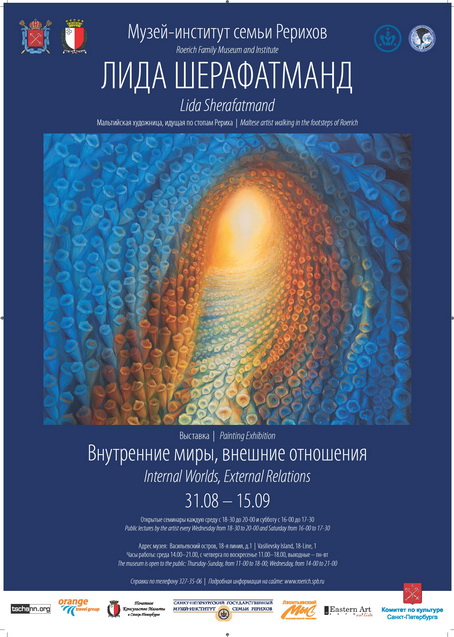
---------------------------------------------------------------------------------------------------------------------
Lida Sherafatmand: Painter and Voice of Iranian Women
When one raises the issue of Iranian women today, one thinks of Sakineh Mohammadi Ashtiani, who was lashed 99 times and condemned to be stoned to death for adultery. Most of the west see Iranian women as garbed in black, hidden from view, submissive and oppressed. However the reality contradicts this stereotype. There are strong, outspoken Iranian women, proud inheritors of their extraordinary Persian history and culture, who are educated and outspoken heroes. The Iranian-born Maltese artist Lida Sherafatmand has made it her mission to create visual icons that will both celebrate the achievements of these women, challenge humanity to follow a path of peace and justice. Lida’s path from Iran took her to Malta, where she spent most of her adolescence and grew up there. She maintains a strong Maltese identity, although she lives and works in Paris. Yet her work cultivates her Iranian identify too, through subtle marks that refer to her heritage. In her painting series “Getting Out of Prison” she presents archetypical Iranian women, with flashing dark eyes, celebrating liberty, against a background of cuneiform writing. Ironically, this was the language of the first humane set of laws to protect women, children, and the weak from the brutality of the violent and powerful in the Code of Hammurabi, which became the basis of Western jurisprudence. Painted in transparent green are olive leaves of peace – one of Lida’s passions that drives her artwork. These haunting fragments of women’s faces, are alive with an inner strength, ready to tell their stories, refusing to be silenced or subdued. Lida also celebrates individual women who have defied tyranny in Iran. Her painting with three multiples images of Golshifteh Farahani, the prize winning actress/pianist, (who appeared with Leonardo Di Caprio in “Body of Lies” and many other films banned in Iran) vibrates with movement suggesting hope and the power of protest. Farahani was threatened with arrest, and forbidden to travel to Hollywood to negotiate a contract for another film. Her multiple faces represents more than herself; she acts a symbol for Iranian women who refuse to lose their identity, talents and their freedoms. The conservative clerics disapprove of singing women; ironically Lida’s painting of Farahani’s repeating face creates a visual rhythm that moves towards and engulfs the viewer, like a sound wave, free and powerful. Her portrait of the Nobel Peace Prize winner and activist lawyer, Shirin Ebadi, conveys the centered confidence of this heroic figure, who now lives in exile in the U.K. She was the first Muslim woman to win this prize, and the first Nobel Prize winner to have her award confiscated by the authorities. While this is art about protest, it transcends anger and impotence in the face of injustice. These portraits convey strength and hope in the face of evil and danger. Using green, the symbolic color of nature, health and liberty, with powerful complimentary reds, suggestive of passion for life, Lida’s skillful paintings are a tribute to her vision, as well as to the vision of women who struggle for justice everywhere. October 2010 ©Jacqueline Taylor Basker Dr Jacqueline Taylor Basker, Ph.D (Oxford), a New York critic, art historian and artist Chair of the Fine Arts/Computer Graphics Dept. at NYIT campus in Amman, Jordan -------------------------------------------------------------------------------
Dear Friends On the occasion of the UN-proclaimed International Day for the Elimination of Violence Against Women, below in attachment I wish to share with you the article of Professor Richard England, on the series of my works (80 pieces) on the theme of female presence which I had created in 2011. The connection with the goddesses of the Temples of Malta and our ancient wisdom of the balance between feminine masculine is very well explained in this article...what I had tried to express through the expression of the paintings and their transformation into decorative jewelry pieces. This article will be appearing in up coming book on this collection, with the participation of other international authors. The book will include a forward by Dr Victoria Coates, one of the rare art historians in the world specializing on the topic of artists and free government systems. With warm regards, Lida 25-11-12
LIDA SHERAFATMAND
ALTRUISTIC PILGRIM FOR A HARMONIOUS WORLD RICHARD ENGLAND “We are not human beings having a spiritual experience. We are spiritual beings having a human experience” TEILHARD DE CHARDIN Lida Sherafatmand, a Malta based artist, now fast making an international reputation, was born in Iran. After spending her pre-teen years in her native land, under the influence of a male dominant regime, she moved to Malta where she embraced a newly found liberty and freedom from the andocentric aggression of her land of origin. After settling on the island, she successfully pursued studies in art and political international relations at the University of Malta. Over her years in Malta, her artistic work progressed from an initial ‘protest’ series of works, conveying a passionate plea for the re-establishment of human rights, to a more recent body of works focusing on the theme of humane communication. In these latter works, rather than emphasizing the conceptual value of the art work, the message she attempts to deliver is that of the necessity of humanity’s compassionate communication with those less fortunate; a theme which may well be interpreted as the artist’s personal quest intertwined with a crusade for the resurgence and revaluation of the lost feminine archetype. In her later works, Sherafatmand sings a liturgy based on a newly found inspiration from Malta’s sun-scorched landscape and encircling cerulean sea, and more so, from the ethnic Neolithic goddess legacy. This matriarchal period of Malta’s prehistory, when god was a woman, provided a perfect inspirational reservoir for a sensitive and creative artist. It is obvious from her work that as a profound thinker, she is also deeply concerned about the planet’s unabated hostilities and the ever impending ecological apocalypse. She therefore vigorously exhorts the return of a human interconnectedness with not only all forms of life, but also with nature’s entirety. Following the German scholar, philosopher and sociologist Jurgen Habermas’s creed for the need to transform the world through the creation of a more humane, just and egalitarian society, Sherafatmand’s philosophy is also based on a similar belief that for civilization to survive it must return to a harmonious and amicable humane inter-relationship, with reconciliation and re-alliance with nature. The artist’s prime mission remains that of re-animating beauty, love and compassion and reinstating them, not only as vital pillars of life, but more so as palliative antidotes to heal and reform man’s current materialistic and soulless life. Sherafatmand believes that before the advent of the sky gods, goddesses promoted a peaceful existence based on co-operation rather than exploitation and practiced a matriarchal philosophy advocating pacification and reconciliation. Her ideology continues to focus on the reawakening and reinstatement of this altruism. The soft feminine aspects of compassion and connection in contrast to the hard male qualities of domination and power are still a basic necessity in today’s world, for as the Tao Te Ching reminds us, it is essential to continuously draw from the mysterious feminine for it remains an ever necessary potential resource. Sherafatmand’s philosophy calls for a reemergence of a Gaian road map of care and concern, for humanity to relearn to balance its dance with that of the planet. As a female artist she laments the wars which patriarchal beliefs waged on matriarchal beliefs and her work strives to ensure that the salutary footprints of the ancient protectors must never be obliterated and lost in the sands of time. Through her work she forcefully demonstrates that it is essential for us today to view life holistically and revive that mode of consciousness which, for too long, has been dormant. Ultimately Lida Sherafatmand’s work is a labour of love to raise and transcend life into the sacred canon of being totally human. Hers is a clarion call for peace and harmony, for a lifestyle practiced in accordance with nature and a cry for the necessary emergence of a benevolent altruism in contrast to today’s insatiable and voracious gluttony. In the passage from a placatory matriarchy to a militant patriarchy, from chthonic goddess to sky god, the secular and the sacred became distanced from each other. Sherafatmand remains a crusader for their reunification as she is also a vociferous partisan for an egalitarian and non-violent world. The artist’s works are antidotes for today’s world which wants too much and focuses solely on materialistic and monetary matters at the expense of more meaningful values of humanity. Sherafatmand has embarked on a soul-searching pilgrimage craving for the restoration and reinstatement of the spiritual into a contemporary materialistic world through empathy, caring and compassion. Her paintings are renderings of a personal call for hope and care. As a sensitive individual, her visual manifestations seem not to satisfy her compassionate soul. She therefore felt the necessity to undertake what she terms “care in action” and after her studies in political and international relations she committed herself to practical field work by participating in international campaigns for human rights. In her own words, her quest is “to paint in order to change the world”. A tall order indeed! Yet she believes that this can be achieved through her works which she hopes will ameliorate the human spirit and reinstate the love quenched over the years by ever growing insatiable consumption and covetous possessiveness. She is also prepared to share and participate in the suffering of others and make herself personally vulnerable. Her compassion extends beyond pity and mercy; as hers is a compassion which manifests a ravenous desire and esurient thirst to alleviate the pain of others. In her delicate delineations and linear traceries, Sherafatmand weaves tactile depictions of a compassionate philosophy as if to echo the age old words of a Confucian monk that “to lack a heart of compassion is not to be human”. Hers remains a mythical art coming from the heart, evoking in visual terms the fox’s parting message to the Little Prince in Antoine de Saint Exupery’s tale, “it is only with the heart that one can see correctly”. Her jewellery designs are based on the abstraction of the female form. It is fascinating to be able to follow her process of transformation of the figurative female form to that of the abstracted object; a metamorphosis which recalls Piet Mondrian’s transmutations from natural forms to Neo-Plastic abstractions. While Mondrian’s dematerialisation from nature to number followed a geometric route, Sherafatmand’s path is based on a more emotional heartfelt process. Sherafatmand remains an artist who, through her work, continuously strives to achieve harmony and peace. Through skillful and imaginative depictions, both in her painting and jewellery, she conveys the vital message that love is humanity’s greatest gift which remains crucial for the very survival of our species. © RICHARD ENGLAND RICHARD ENGLAND was born in Malta in 1937 and graduated in Architecture from the University of Malta. He continued his studies in Italy at the Milan Polytechnic while working as a student architect in the studio of the Italian architect‐designer Gio Ponti. England is also a poet, sculptor, photographer and artist and the author of several books on art and architecture. Monographs have been published on his work by Charles Knevitt, Chris Abel, Dennis Sharp and Maurizio Vitta. England holds professorships at various universities in the U.S.A, U.K. and Europe and he is an Honorary Fellow of the American Institute of Architects, Vice‐President of the International Academy of Architecture, a Fellow of the Royal Society of Arts and an Officer of The Order of Merit of the Government of Malta. He is also the recipient of a number of Honoris Causa doctorates and his buildings and designs have earned him numerous International prizes and awards, including the C.I.C.A. silver medal, the 2000 Belgrade Architectural Triennale Gold Medal and the 2006 International Academy of Architecture Grand Prix. Among his best known works in Malta are the Church of St Joseph at Manikata, the Central Bank of Malta Annexe, the Millennium Chapel and the rehabilitation of the St. James Cavalier Centre for Creativity in Valletta. 25/11/12 --------------------------------------------------------------------
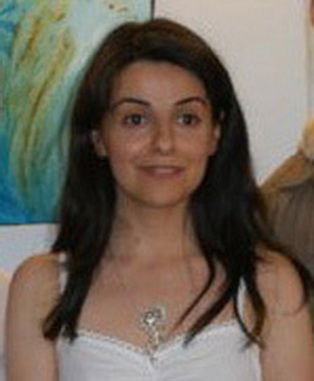 POEMS Harmony Force Which Keeps Us Alive
As the worlds turn inside,
The world of hell, where we want to die, The world of hunger, where we don't get enough, The world of animality, Where we fear the stronger ones who bully, a jungle of animals, The world of anger, Where we fight for supremacy with aggression we move, The world of tranquility, Where we laze passive, The world of heaven, Where we enjoy desires satisfied, Our houses bought, our jobs given, The world of learning, Where we search meanings; Knowledge to learn and discover,
But we get lonely there, The world of realization, Where we find wisdom, reach insights, But we get lost in intellect, The world of compassion Where we feel the pain of others, do all to help,
But lose energy and sink with those who suffer, The world of holiness, Where we feel freedom inside, Happiness in the realities of daily life,
A flow of pure life force or consciousness; When in leadership, the holiness world
Leads the right sides of the other worlds: In the world of hell, we understand the pains
And sufferance of people; In the world of hunger, We drive for a better world; In the world of animality, We strife to protect the weak; In the world of anger, We fight for justice; In the world of tranquility, We regain our energies; In the world of heaven, We exhilarate being alive; In the world of learning, We learn from everyone; In the world of realization, We digest our experiences; In the world of compassion, We devote ourselves for the happiness of all, In the world of holiness, we reach the core of life, That harmony force which keeps us alive,
Bringing together the other nine worlds inside,
To lead and to live… In the ten worlds inside, what travels we do,
What turnings we lead, In the ten worlds inside, Let's keep the holy world the leader of all inside,
For all the ten worlds, to turn alive
Exhilarating happiness, harmonious life… With the worlds inside, Turning exhilarating happiness, harmonious life…
September 2011
This poem is published in the ABC of Harmony Bearing Life with Serene Arms Beyond this body, Beyond this face, Beyond the muscles, Beyond the bones, Beyond the thoughts, Beyond the feelings, Beyond the intellect, Beyond the mind, There is, the presence Of a life, The body given for a short Period of time, The face, the physique, All the tangible gifts, For a short temporary Possession in time, The thoughts, the intellect, The mind, the feelings, All the intangible gifts Pass and change, evolve And disappear. Beyond the tangible, Beyond the intangible, Rests the real me, The real you, The real us, The real them, That observing force, That presence of life, All one love, All one life, In that love, The day flows into the night, The night flow into day, In the busy rush, Of a modern day, The presence of love, Remains in the presence Of life, That serenity is The real me, the real you, The real us, the real them, That calming eternal force, Beyond the temporary tangibles, Beyond the temporary intangibles, For life gets bigger, and things flow, You bear life, with serene arms, Among the chaos of modern days, With the real you, with the real me, With the real them, with the real us. Among the chaos of modern days, Let’s bear life with serene arms… January 2012 When You Can See Me Under the Cover of Dust... When you can see my beauty, Under the cover of fatigue, When you can sense my scent, Under the cover of dust, When you can feel my energy, Under the cover of exhaustion, When you can see my glamour, Under the cover of illness, When you can see my intelligence, Under the cover of titles, Then you have seen me, Then you have let me Dust off the covers, Of fatigue, exhaustion, Illness or titles, Then you have fallen in love With the gold, not the shiny glitter Of a thin facade. When you can see me, Under the cover of dust, Then you have seen the gold, Not the shiny glitter Of a thin facade... March 2012 -----------------------------------------------------------------------------------------------
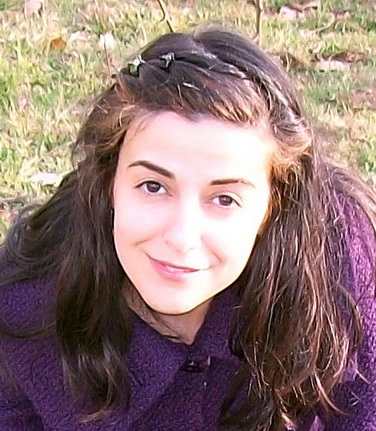
Art Works
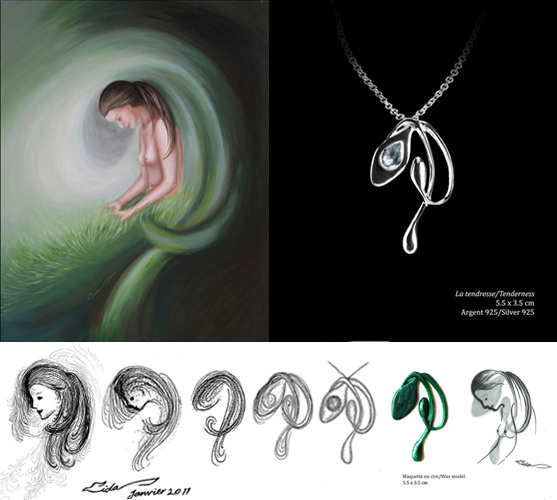
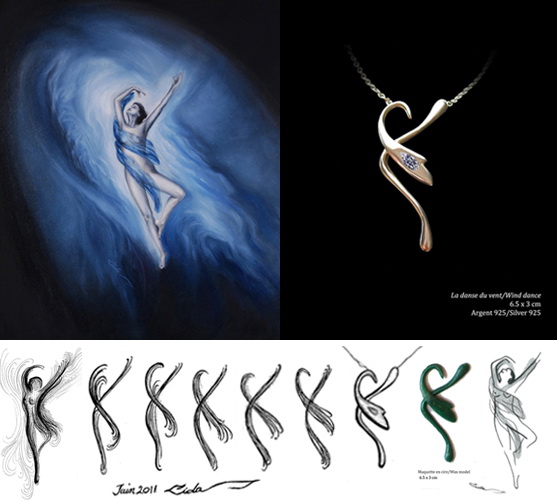
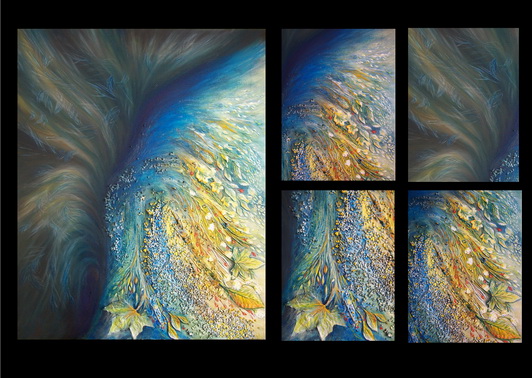
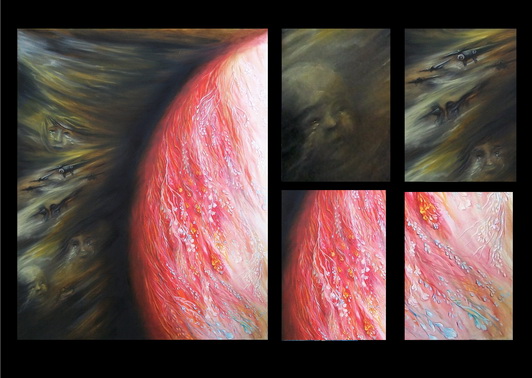
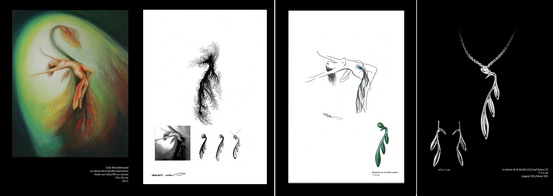
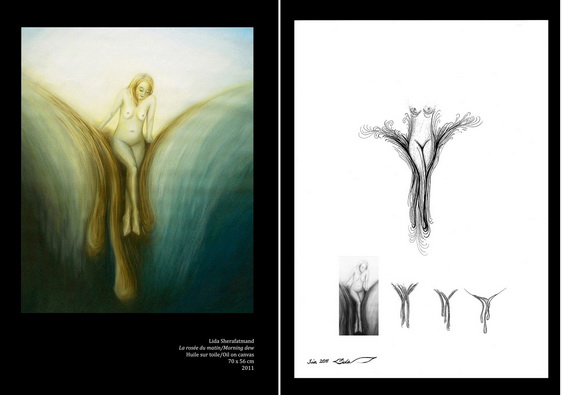
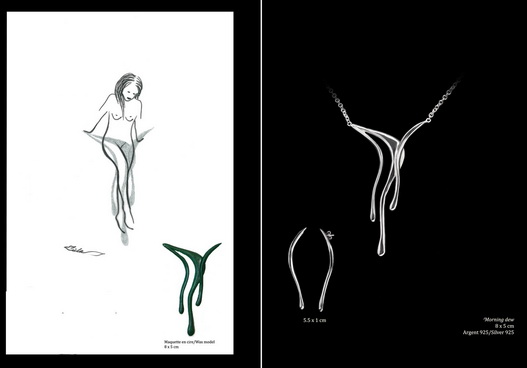
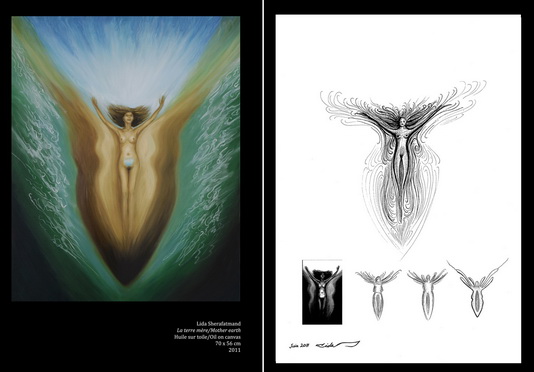
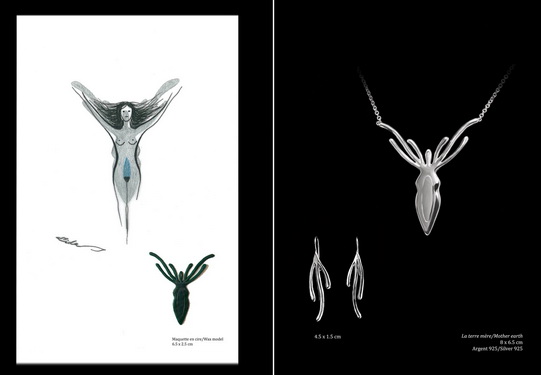
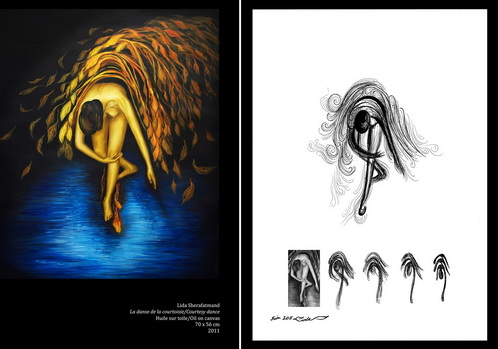
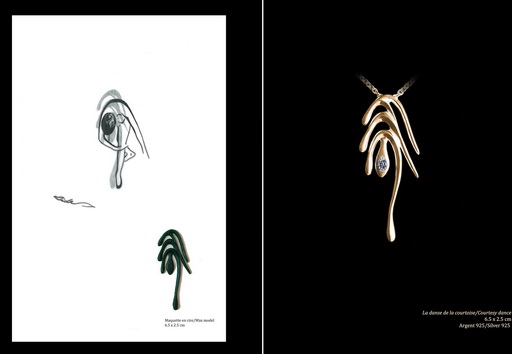
=================================================================
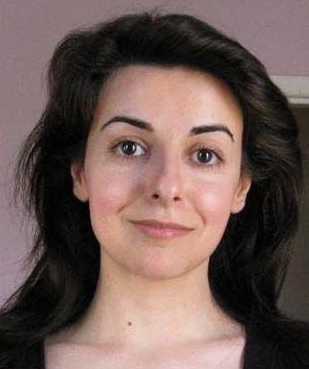
---------------------------------------------------------------------------------------------------------------
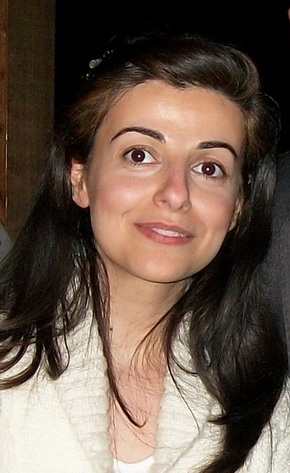
Up
|